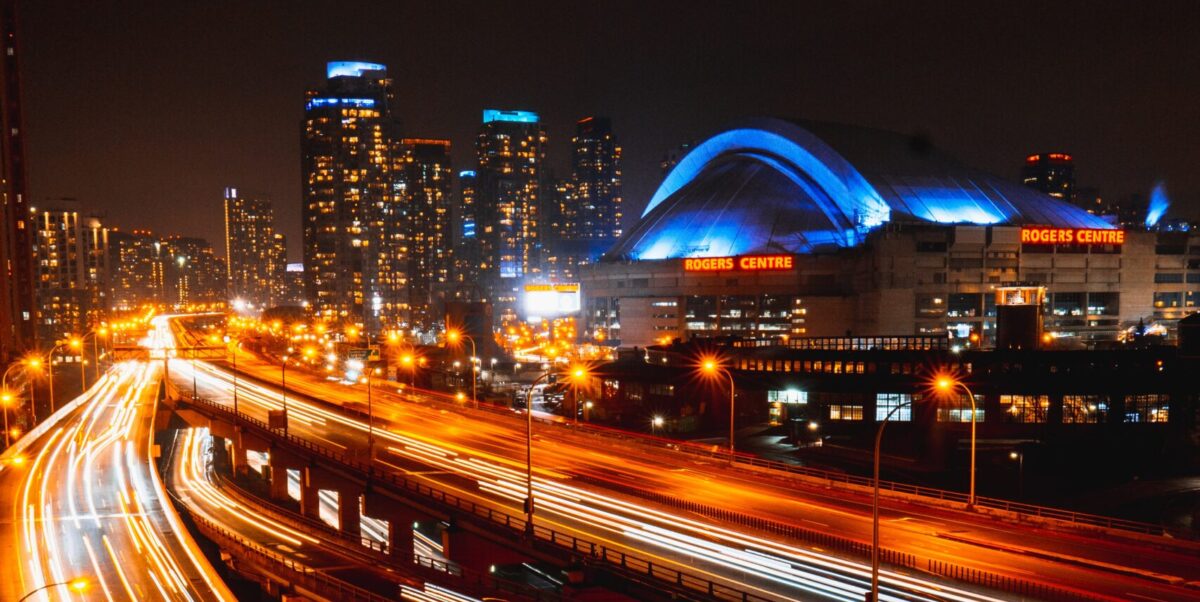Amidst growing controversy over his destruction of Ontario’s Greenbelt, premier Doug Ford wants us to believe he’ll do whatever it takes to build more housing. But even still, he won’t consider turning abundant public lands into human shelter, while destroying our climate, health and urban sphere.
In a story on Ontario’s push to audit school property for possible housing, Saturday’s Globe and Mail reported:
“The Ford government is going places no one anticipated it would venture, all in the name of addressing the province’s urgent need for new housing. It is allowing development on 3,000 hectares of the Greenbelt, breaking a promise to permanently protect farmland, forests and wetlands around the Greater Toronto Area. It is also using an unprecedented number of minister’s zoning orders to allow property developers to bypass local planning processes. School lands are the next frontier.”
While the Greenbelt must be protected, exchanging school facilities for housing could conceivably be a gain. In some instances, turning unused school land into public, co-op, rental or market housing would be positive, especially in walkable/public transit-oriented areas. But concern for the unhoused is not what motivates Ford.
As the Auditor General’s scathing recent report confirmed, Ford is cutting into Ontario’s Greenbelt to benefit rich developer friends. With the school audit, he’s seeking to save on public expenditures and privatize public assets to benefit construction firms.
The political nature of what’s being done is demonstrated by the fact that more logistically practical possibilities for housing have been all but ignored. 27.4 per cent of Toronto land is currently roadway, which serves as a state subsidy to dangerous, loud and climate destroying private cars. Yet, there’s little discussion about turning roadways into shelter.
The Gardiner Expressway, for instance, should be demolished and turned into tens of thousands of public, co-op and rental housing units. With free land in a centrally located area of Toronto, co-op housing can be built with modest public support and government backed loans. One (less than ideal) way to fund the housing could be to offer parts of the Gardiner to condo companies in exchange for building social housing units elsewhere on the street.
The government could also offer discounted land to companies that commit to build rental units.
Over the long term, property taxes from the thousands of units replacing the Gardiner would generate significant revenue. In the short term, tearing down the eastern section of the Gardiner would save some of the more than $1 billion required to repair it.
Alongside giving tens of thousands of people homes in central areas, demolishing the Gardiner would eliminate a barrier between downtown Toronto and Lake Ontario. Similarly, large sections of University Avenue are dangerous and ruinous for urban living. Between Queens Park and downtown, that street is wide enough to build a row of lodgings with a narrow street on each side. In a direct cars-for-shelter exchange, thousands of social/co-op/rental units could be built while simultaneously improving urbanity.
There are many other cars for shelter exchanges possible in Toronto and other Ontario cities. A housing hungry government would push to audit the public roadways that can be best exchanged for housing. The focus should be on roadways with adequate infrastructure in walkable and transit friendly areas.
If Doug Ford was truly committed to solving Ontario’s housing crisis, rather than creating more ways for capitalists to make huge profits, the roads to accomplish that already surround him. A real leader would mitigate the housing and climate crises simultaneously.



